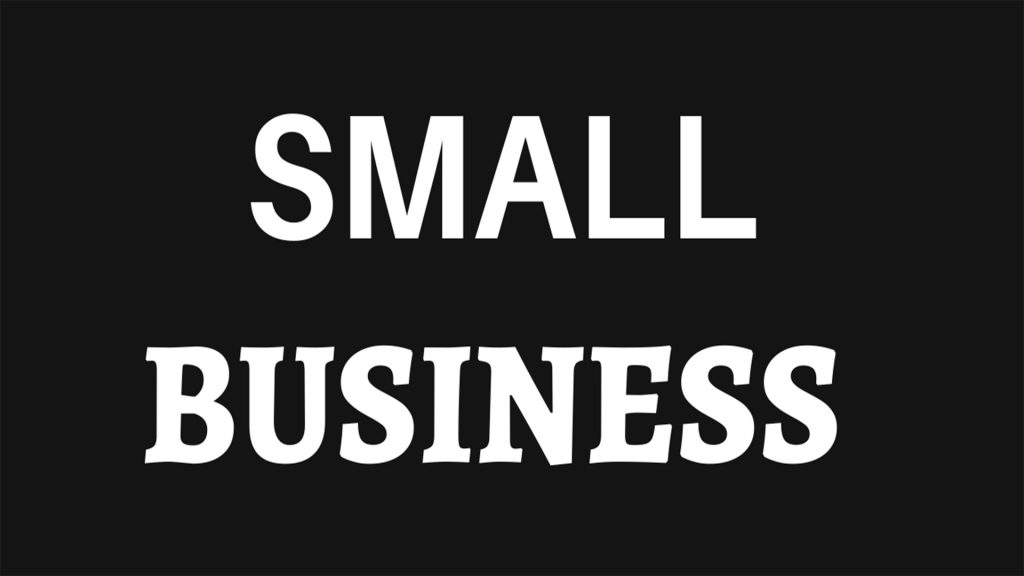Small businesses consider for 99.3 percent of all private sector businesses at the start of 2017 and 99.9 percent were small or medium-sized (SMEs) businesses. Total employment in SMEs was 16.1 million, 60 percent of all private-sector employment in the UK. The integrated annual turnover of SMEs was £1.9 trillion, 51 percent of all private sector turnover in the UK. In the USA, as of 2016, there were 28.8 million small businesses, which consider 99.7 percent of US businesses. Small business forms the mainstay in some of the largest economies of the world and is one of the rapidly growing sectors.
Here Are Some Questions Related to Starting a New Small Business:
Why am I doing this?
You need to think about your idea, your design, your product, or the range of products. You need to like it and think about how people want to buy it and that it would make their lives good. Maybe you want to share it because you think that it would make them feel happy. Or, that it would make their lives better. Think about that what your Unique Selling Point (USP) is. What types of issues are you solving?
You should have an idea of the category market or the type of customers that you want to sell to. There are many references available related to how to start my own small business, what is the best idea to start a small business, and how to go about starting a small business. Want to generate more customer leads? Click here.
Try and get as particular as you can while building your customer profile. It can be time-consuming but will provide a strong foundation if you are allowed to run focus groups and product surveys. Think about the demographics, financial status, gender, interests, and most relevantly, what would engage them to buy your particular product. This could change and retain as your business changes, and that is ok. The ‘why’ of the business is also very essential as it reasons the brand values and the character of the business, and it creates benefits for the business. Frequently this can be the motivating force behind a business, and one that operates you forward.
Have I got a brand name?
This is often the first obstacle for some people. Questions that you might wish to ask are:
- Does it act as what I design or sell?
- Does it reflect the essence of my brand?
- Is it different, or is it very similar to another brand name?
- Is it workable enough that I can expand and grow my business and product range?
- Would it attract the kind of customers that I am targeting?
- Able to get a domain name with this?
The choice of a brand name is, naturally, a very personal one, but the key is to find a name that is perfect to reflect your business, but open enough to enable growth and expansion. Additionally, It is also essential to carefully consider that it is not offensive or biased in any way and is relatively easy to interact with people. It is essential to be cooperative with other communities and, depending on the scope of the business, make it as diverse and comprehensive as possible. Most essentially, do complete research to make sure that no one has a business registered under a similar name. You can do this between internet research, local listings, and the IPO website.
What is the Purpose of Your Small Business and How Will you Market It?
A small business is a company that’s not large enough to be listed on the stock market. It’s a company with typically fewer than 500 employees, which may include the owner of the small business.
The purpose of your small business is to generate income for you and your family. It designates how you will market your business, to achieve this goal.
With our experience in content marketing and social media, we know that most businesses start with poor marketing strategies. This can lead to poor conversion rates and low overall revenue streams.
Some businesses may choose one approach while others may use a combination of tactics. The most important thing is that you can find what works best for achieving your goals as well as understanding how much it will cost in time and money per month
The purpose of your small business will depend on your skills and interests, so it may not be possible for us to provide a single answer to that question. However, there are some things you can do when starting up a small business that will help you build on your marketing efforts in the long run.
Some of these strategies include developing your online presence (building a website), being strategic about finding clients or partners for your services (soliciting referrals), and using social media as a tool to share information about your business with potential customers.
How Funding Can Help Reduce the Financial Risks of Starting up Your Own Business?
Startups in the world of technology and innovation are no longer a luxury. They are essential to the evolution of our economies, as these innovations can improve everyday life for billions of people around the world.
Startup funding options: There are many sources of funding for startups, depending on where you want your business to be located and what you need to do. Seed capital: Startups usually require a certain amount of seed capital before they can get their first round of investment. Venture capital: Venture capital is typically used when a company is just getting started or if there is not enough seed money available, but it also often comes with stringent requirements that may not be beneficial to every entrepreneur. Angel investors: Angel investors are typically wealthy individuals who have personal wealth and have little or no risk-taking ability that they can use to help seed startups with funding.
What is the brand identity of my small business?
In this paragraph, we will discuss brand identity, brand identity is the story you brief through your products, your logo, the typography, your name, the colors, and the tagline. The Brand Stylist has useful resources and color psychology is key to brand recognition and image.
Your identity should make your brand unforgettable. Nike is a great example of this, where the swoosh is instantly recognizable. Successful brands create a story, something that positions them as different from others. Good storytelling is all about finding an emotional connection. The colors, the logo, the name, and the tagline all follow some message. They all come together to form the brand narration. A brand tells the motivation story for starting your business, and why you get up and do what you do every day, why they should trust you, why customers should care.
Have I priced my product, right?
Pricing is something that has to be continuously assessed and adjusted. The most essential questions to consider here are:
- What is my primary cost?
- How much profit do I want to make?
- How much do my competitors charge?
- What is the trend of the market?
- How much will my customer be able to pay?
Customer profiling
Customer profiling and market research will be vital. While calculating basic costs, take your time into account as well, including the time taken to design and find materials. As a new business, you would not be VAT registered but take into account any taxes that you are probable to pay, internationally and locally. All these would give you a craggy idea of your cost price. Now, if you have a revenue target, you can evaluate what your retail price should be adding the profit to the cost price.
If this is done at the design stage as a provisional exercise then it can be a means to evaluate the commercial viability of your products. If the retail price is higher than what the market trend is or what your competitors are charging, then either you are spending far too long making this product or your materials are too costly. If it is not possible to lower this in any way, then this wouldn’t be a commercially feasible decision. It is logical to have a product that is priced more costly than other similar products on the market, but it can be actively demonstrated that this is a much better product or adds value to the customer experience in some other better way, and this will have to be formed into the marketing model, then it is not likely to work.
In conclusion, A buyer always evaluates the value against price before they decide to buy. Although, if you’ve reached the right people, and if you strongly believe in your design and the quality and originality of your product, then you should be confident to charge what you think it is worth, and if the customer is committed to the character of your brand, then they will be able to pay for it. Overpricing is as bad as underpricing, but eventually, it is your level of expertise, something creative makers often leave. Free for life e-solution for your small businesses. Click Here.



